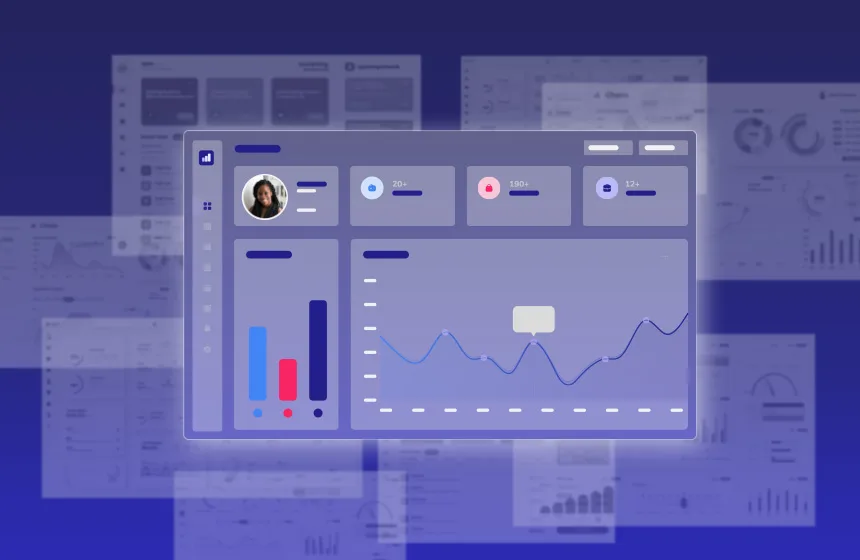Product-led growth (PLG) is one of my favorite topics to talk about, so I love sharing conversations on anything PLG-related. Here are the key takeaways from a chat about PQLs (product-qualified leads) I found interesting and insightful.
In a recent episode of the Growth podcast from Drift, host Matt Billoti talked to GitHub’s VP of Growth Thibault Imbert and GitHub’s former Senior Director of Revenue Marketing Morgane Palomares, who’s now Senior Director, Growth & Revenue Marketing at Vercel, to explore how they define a product-qualified lead, how they suggest starting to implement PQLs, and how they measure success.
What is a PQL?
At its core, PQLs are defined by making the product the way you qualify leads and define intent to buy. They are very powerful if you already offer freemium products or free trials of your product.
One way of thinking about PQLs is in terms of intent. In the MQL model, some MQLs have been brought in by the marketing team that already have buying intent, or your marketing is designed to put the thought in their mind that they have a problem they can solve with a buying decision. In this model, marketing is trying to bring this lead to the company to get them to give you a try.
But a PQL is just a yes. Instead of bringing them to a form, convincing them to fill it out, and then doing lead scoring, you’re bringing them directly into the product. Then you let them show you their intent, based on what you’ve found to be the most important activities or actions – and you take it from there to score the lead and pass it on to sales.
Morgane loves having both MQLs and PQLs – you don’t need to have only one or the other. PQLs are a high intent funnel you can tap and send over to the sales team.
How to Start Using PQLs
Morgane was at Zendesk before she joined GitHub, and they began looking at PQLs from a trial perspective. Their demand gen team was trying to drive traffic to the trial, and then trying to find the most sticky features. For example, if a free trial user took this specific action on the first day, then they’re most likely to convert – they focused on determining what that action was. That’s the easiest way to start with PQLs, and you can still treat them as a presales motion.
When looking at using PQLs outside of a free trial, you need to look for leading indicators that correlate with conversion. This can mean doing a data exercise to look at what are the usage patterns and what activation means, and then reverse engineer from there to find the right path for these people. Outside of the free trial, you should start looking for people who get in the funnel where you know the recipe to get them to be successful for the product and then replicate across segments.
The next step here is to work with the sales team to provide that data and insights to the sales org. That was a learning for Morgane, determining how to dock with them because the sales team really needs that data to do outreach to accounts. Instead of having sales reps going on linkedin, with PQLs you can look at their actual engagement in the product. Then you can determine how, and when, to deploy customer success to make sure they’re successful after the purchase too.
If you’ve never worked with PQLs before, one good place to start identifying them is by looking at your existing customer base. Who is using your product in a way that makes you feel good – where you know they’ve actually gotten the value in what they’ve purchased? Look at their behavior in the product, and their attributes. Then ask, “how can I start to help our future customers adopt what our best customers are already doing and bring that through to the presales customer lifecycle?”
Morgane notes that if you want to dip your toes into PQLs without kicking off a crusade against leadership, you should start with segmentation. In your next program to increase growth or demand, think about how to take the audience and segment based on existing product usage, and then go through the segmentation of the product usage. See what the data shows and tells you. Take that win, make it into something bigger, and then advocate for that as the future.
Ready to generate more PQLs?
Quickly create a light, interactive demo or product tour with Reprise Starter. 100% free, no credit card required.
Get Reprise free; scale as you grow.
100% free, no credit card required.







